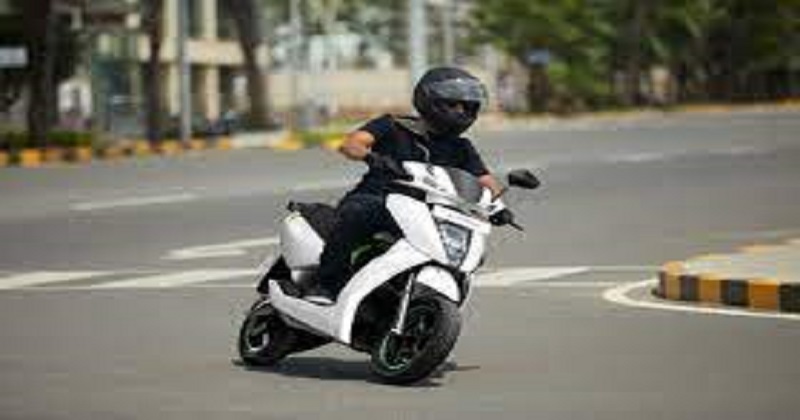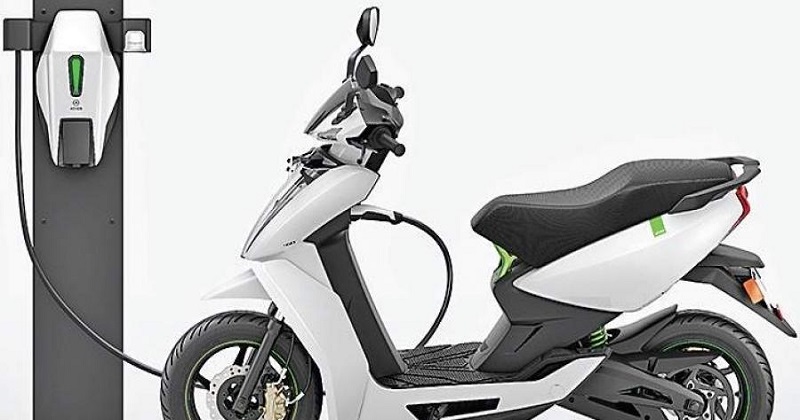
According to the Ather Energy CEO and Co-founder Tarun Mehta, electric two-wheelers could account for nearly 10% of two-wheeler sales in India in the next two to three years with enhanced FAME II incentives and support under state EV policies. Currently, the upfront cost of an electric two-wheeler is almost similar to that of its petrol counterpart, which, along with lower running costs, makes it more attractive to users. ‘I think in the next two to three years, there’s a very good chance overall, in the two-wheeler market, (that) almost 10 percent sales could go electric,’ Mehta said at the release of Ather Energy’s first ‘Impact Report’ measuring the company’s overall social, environmental, and economic impact in 2019-2020.

According to the Society of Indian Automobile Manufacturers, two-wheeler sales in India will reach 15,119,387 units in 2020-21, down 13.19 percent from 17,416,432 units in 2019-20. With the new policies, the EV market has seen a boom with more walk-ins at dealerships and more conversions, he said, adding that Ather itself has seen a 60 percent growth in demand month over month, which is now limited only by supply. As of June 1, the Department of Heavy Industry (DHI) had revised FAME II and enhanced the demand incentive for electric two-wheelers (e2W). The earlier uniform subsidy of Rs 10,000 per kWh was applied to plug-in hybrids and strong hybrids except for buses. Moreover, it had also capped incentives for e2W at 40% of the cost of vehicles, up from 20% previously.
The Gujarat government offered a demand incentive of Rs 10,000/kWh for e2W, electric three-wheeler (e3W), and electric four-wheeler (e4W) over and above any subsidies received from the central government, with the maximum ex-factory prices being fixed at Rs 1.5 lakh, Rs 5 lakh and Rs 15 lakh correspondingly for the three-vehicle categories. On the other hand, Maharashtra has also offered incentives of Rs 5,000/kWh for e2W cars and e3W cars and goods carriers with the maximum incentives per vehicle Rs 10,000, Rs 30,000, Rs 1.5 lakh, and Rs 1 lakh, respectively. ’With the increased incentives, we’ve hit a point where a comparable electric and petrol scooter now have roughly the same price,’ Mehta said pointing to Ather’s 450 Plus scooter in Gujarat, which costs Rs 1,07,000 and about Rs 1.1 lakh in Delhi, comparable to petrol-powered scooters in the 125 cc premium segment.
Read more: Himanta links Assam-Mizoram clash to cow bill & drugs crackdown; high alert along Nagaland border
Even though he was optimistic about the e2W segment, he said the only thing holding it back is more production and more product options. Adding that there must be enough variety for customers and the capacity of production must be adequate, he said, ‘people need product options and different products for different markets’. As a result, Ather Energy is planning to be present in 100 cities by the end of the fiscal year 2023 with a new product offering, adding features like crash detection, tyre pressure monitoring, remote diagnostics, in order to drive the market.
The company plans to install 500 charging points this fiscal year. Also, 80 percent of the company’s energy consumption will be generated by solar energy, and 84 percent of its water consumption will be recycled. In addition, the company said it is committed to diversity and inclusion, which has been widened to include the diversity of thought, experience, gender, leadership, language and culture. The manufacturing facility employs approximately 30% of women, according to Ather Energy.

Post Your Comments